Violets "Natalie": varieties and rules of cultivation

It is difficult to imagine a gardener who would not like violets. There are a lot of them, and among the most striking varieties stands out "Natalie".
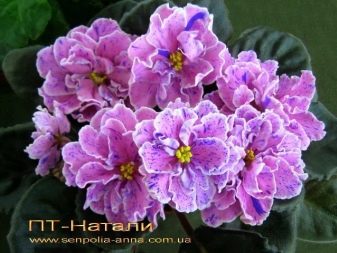

Description
"Natalie" is a violet of the Gesneriaceae family, a hybrid grown by B. Makuni many years ago. It is worth noting that the name "violet" does not quite correspond to reality, as we used to call these delicate flowers since childhood. In fact, "Natalie" is a saintpaulia, and the common people call it a room or home violet. A distinctive feature of all its varieties is the presence of rather large flowers with terry. This species is distinguished by a large rosette formed from leaves. The underside of the leaves is red, while the obverse remains dark green. Terry on flowers does not appear immediately, only after the second, and sometimes even the third flowering.
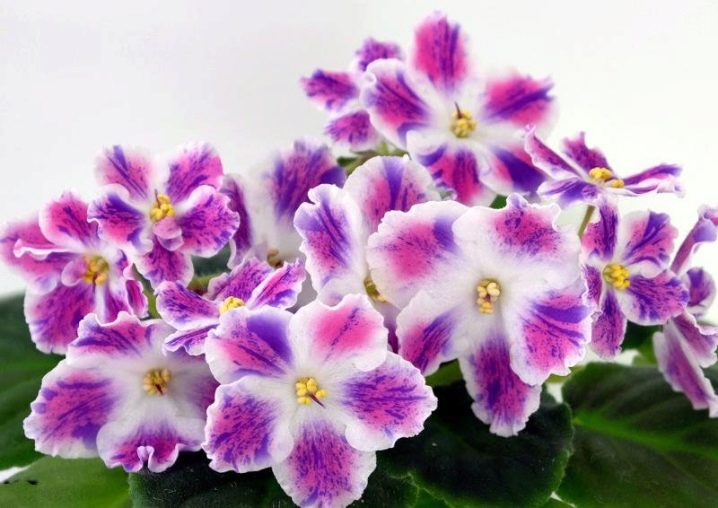
Varieties
Today there are several varieties of such a Saintpaulia, and we will analyze them below.
"PT-Natalie"
The flower petals are pale pink, but the middle is distinguished by a more intense color. The white border gives the flowers solemnity. It is impossible not to note the blue drops, as if they were applied by accident. The middle of the outlet often turns out to be "bald", and all because the foliage has long stems. Buds on one flower can be different in color and size. One of the main benefits is year-round flowering that does not stop with proper care. This subspecies gives a sufficient number of sports.
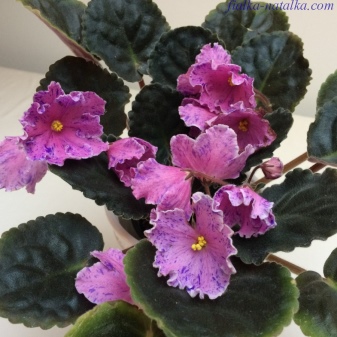
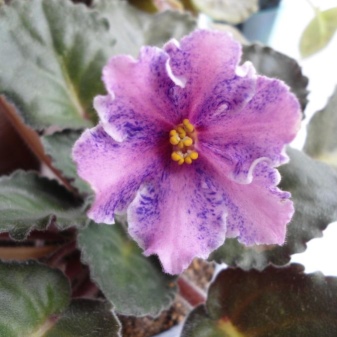
"RS-Natalie"
The flowers on the bush are large, fringed. The main color is pale pink, a darker dusting is visible to the edge of the petals.

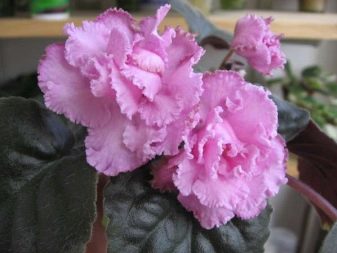
"LE-Natalie"
Will delight the grower with large flowering with thick terry. The main color is white, with strokes of pink and purple distributed over it in a completely random way.
The rosette is formed very neatly, therefore it is a wonderful exhibition view.
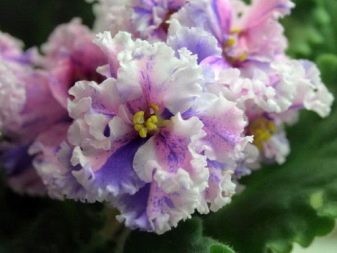
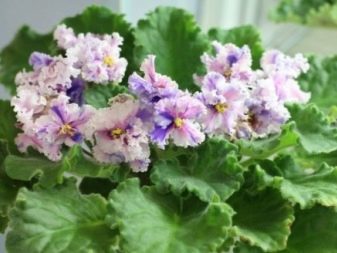
"DEO-Natalie"
A plant with a large rosette and large crimson flowers. The petals are stacked in such a way that it feels like they are arranged in several layers. On the reverse side, the flowers are dull white.
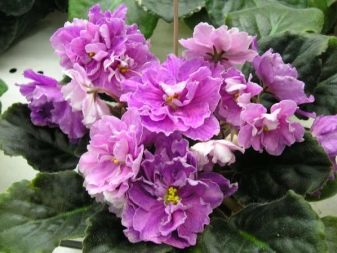
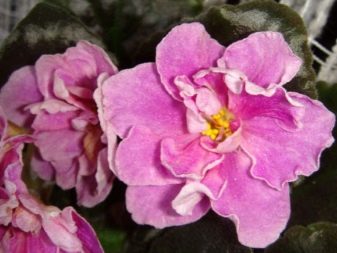
"Natalie Extravagant"
A very unusual flower with buds colored in pale pink, brown and green. The stems of the leaves are thin, but long. It is a variegated variety that looks delicious even without flowers.
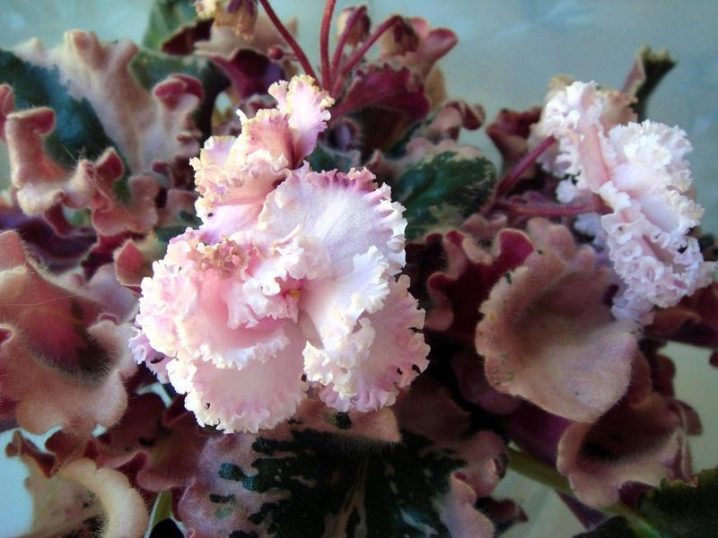
Care
Violets prefer rich soil, which drains quickly, and do not like water in the soil for a long time. These plants require replanting each year using new soil and a larger pot. A mixture of 1 part perlite, peat moss and vermiculite is excellent for planting, while the pH should be 6.5.
Large containers will not work for violets. The pot should be wide, but shallow, and only a couple of centimeters larger than the root system, otherwise the flower will not bloom. For proper drainage, you should always use small stones, not expanded clay, as it greases the soil. Violets have "hairy" leaves that attract dust in large quantities, the problem is that they also breathe through them.
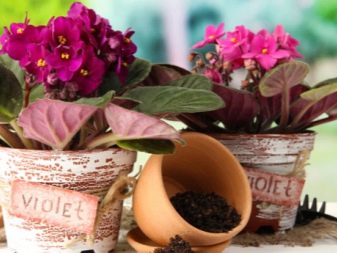
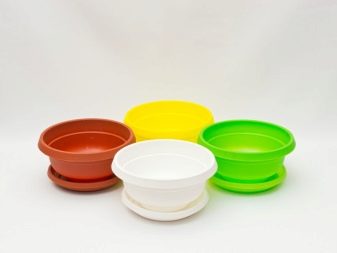
The foliage should be cleaned with a soft brush, for example, a paintbrush; you must move very gently, in the direction of the hairs.
These flowers are watered from below by placing them in a saucer of water and pebbles and allowing the plant to absorb moisture. Watering from above is best done with a special watering can, which has a long spout. Avoid getting moisture on the leaves, and the water used for irrigation should be at room temperature.
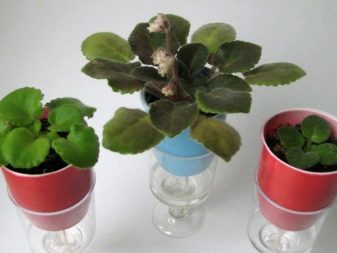
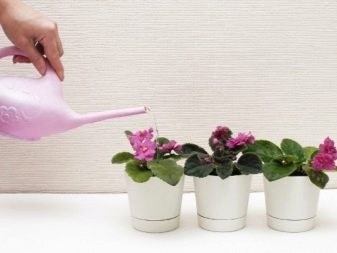
Violets bloom well under indirect or filtered light. If the plants receive a lot of it, then the leaves, as a rule, turn yellow, and if not enough, they become thin and elongated. Recommended 12 to 16 hours of sunshine per day. If necessary, you can use artificial lighting by purchasing phytolamps.
Fertilizers are the best way to feed a flower. It is best to use liquid formulas with a lot of phosphorus in combination with watering.

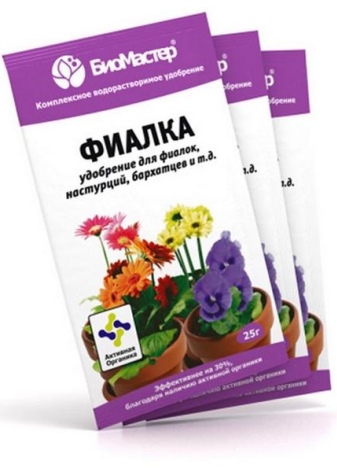
Reproduction
The process of growing violets from leaves can seem a little daunting at first. Step by step it looks like this.
- The first step is to take planting material from an adult plant. This sheet should be from the third row in the outlet, have a dark green color. Old and too young are not suitable. The cut is necessarily processed with a solution from an activated carbon tablet.
- After separating the leaf, cut the top half of it to reduce the chance of drying out before roots form. The edge should be trimmed at a 45 degree angle. This creates a large surface for the formation of the root system. It is best to use a razor blade or a well-sharpened utility knife.
- When the leaf is ready, it's time to plant it. The soil is especially important at this stage, as it must maintain moisture, but not create increased moisture, since in this case the leaf will simply rot. It is best to use sphagnum moss.
- After filling the small pot with the substrate, make a small hole in the center and carefully place the stem there. High-quality watering is carried out. The pot must have drainage holes.
- You can increase the chances of success by covering the sheet with foil, but at the same time, you will need to ventilate the cutting.
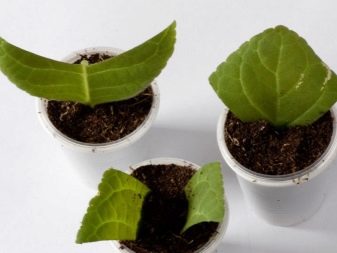
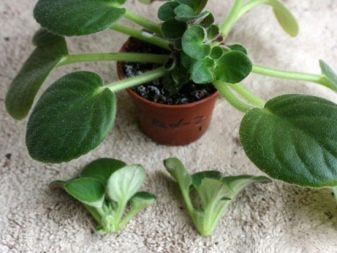
Perhaps the hardest part of this whole process is waiting for nature to do its job.
After a few weeks, a rosette of the first leaves will begin to form, this is an indicator that it is time to transplant the flower into the ground.
For an overview of the violet "Natalie" and about flowering in winter, see the video below.































The comment was sent successfully.